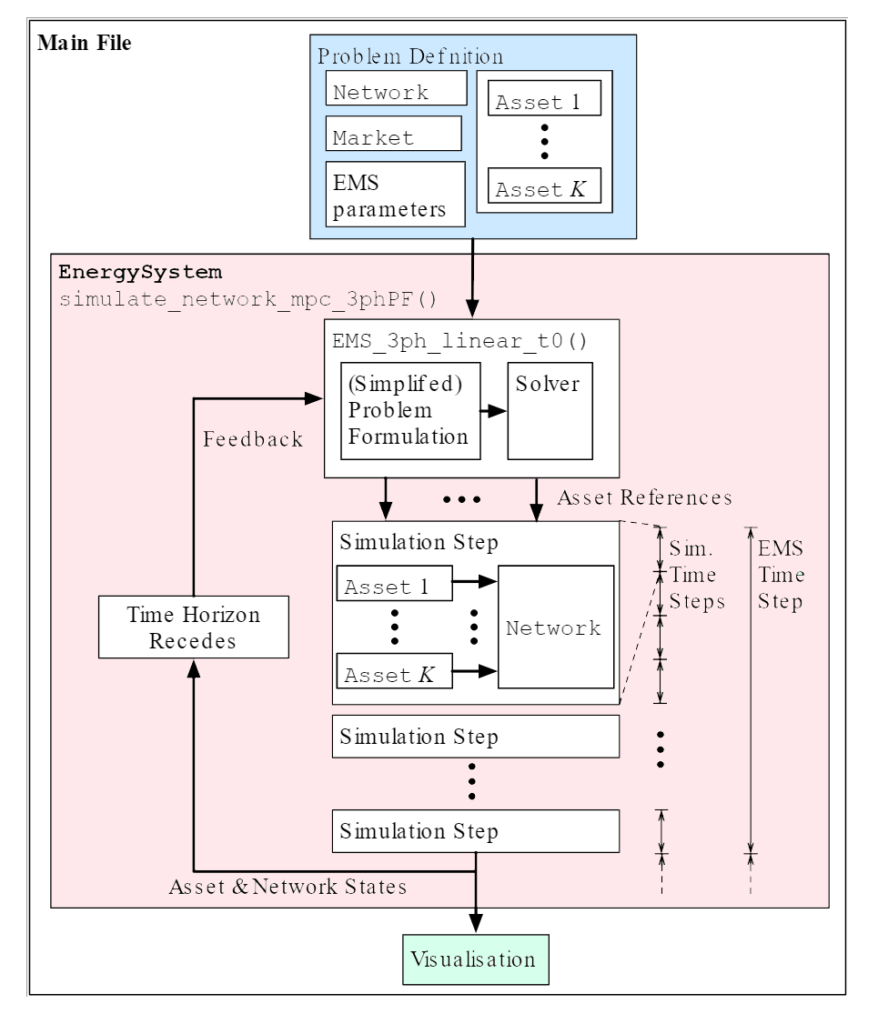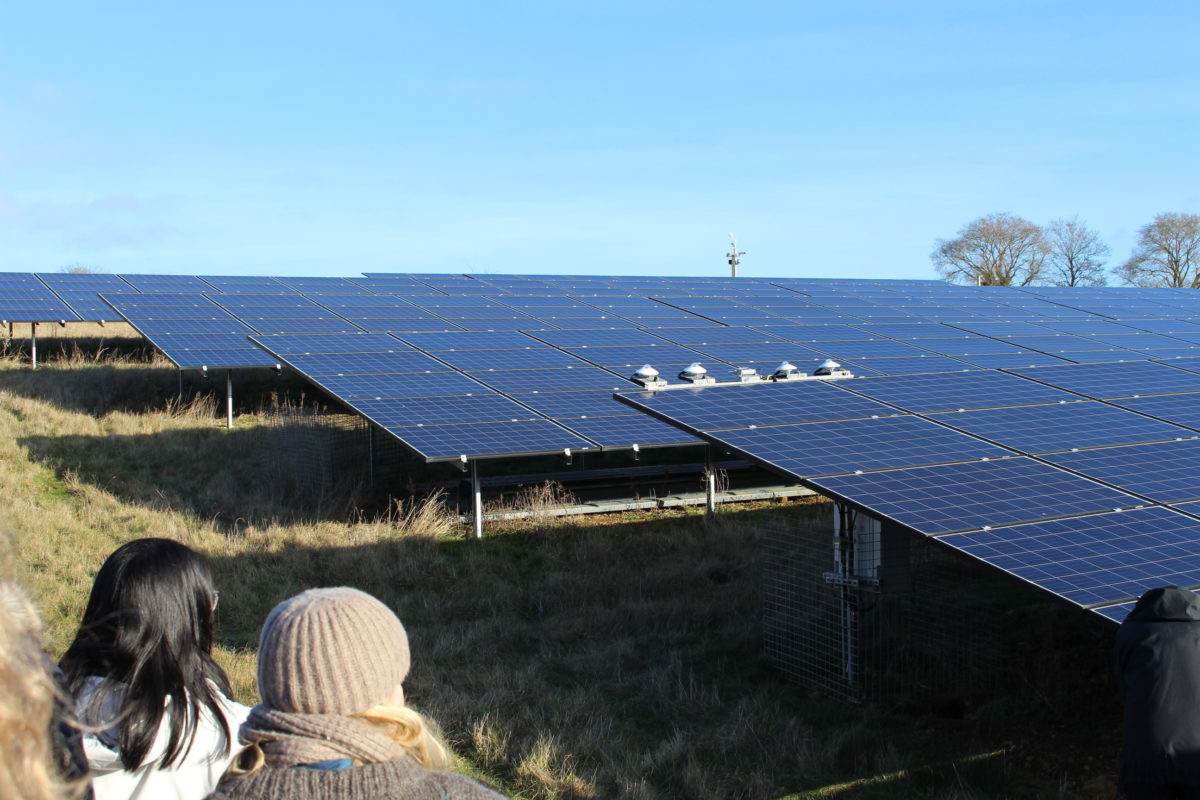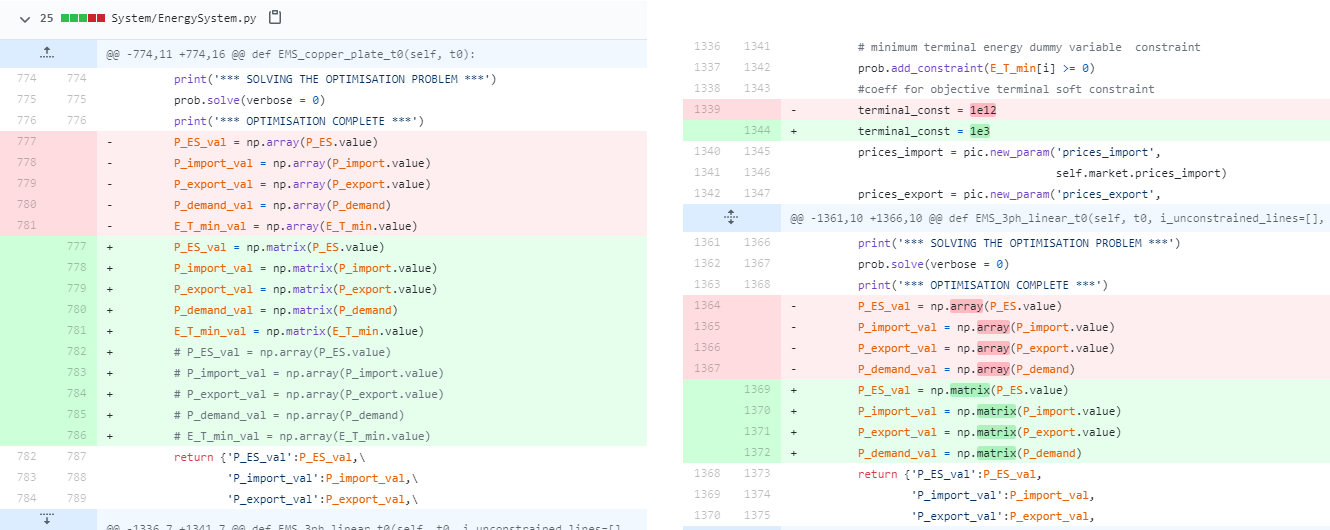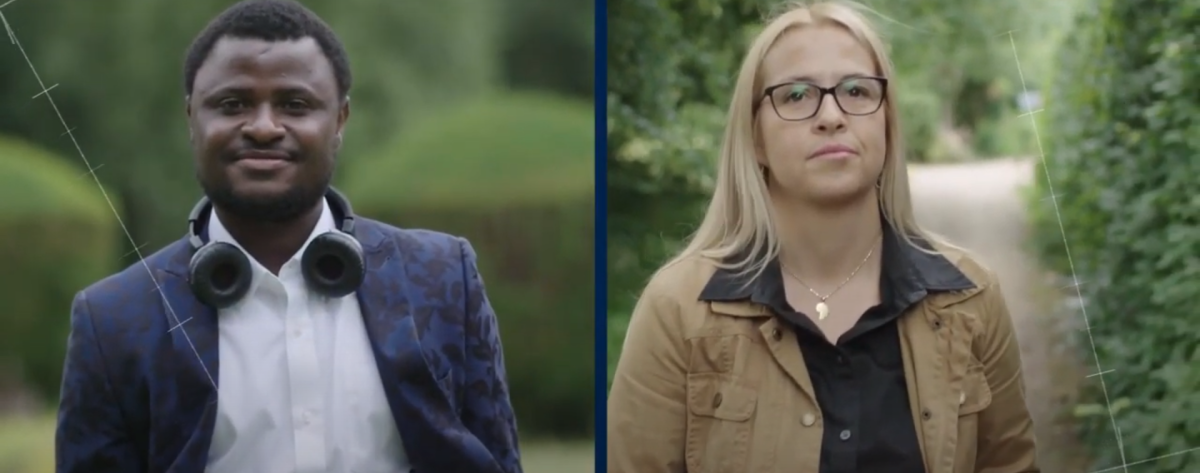Accelerating the Energy Revolution with Open-Source Software: now there’s no need to reinvent the wheel
Our energy system has changed considerably over the past ten years, with a fundamental transition away from the centralized generation of electricity. There has, and will continue to be, an explosion in distributed energy resource adoption (think solar panels, electric vehicles, battery storage and heat-pumps), and new innovative ideas for coordination, such as microgrids and virtual power plants. Consequently, it’s important for the capability and sophistication of our modelling tools to match the increased complexity of our energy systems.
Smart local energy systems are the future!
The UK Government has invested £100m in the Prospering from the Energy Revolution Challenge, towards the design, development and demonstration of smart local energy systems.
Smart local energy systems are a key component for achieving net zero, bringing together distinct but related strategies for local energy management, including microgrids, energy communities, multi-energy hubs, peer-to-peer trading platforms, distribution flexibility markets, virtual power plants and federated power plants. Coordinating distributed energy resources via such systems can offer significant value by reducing upstream power flows and losses, minimizing the need to curtail renewable generation and deferring the need for network infrastructure upgrades.
However, the development and assessment of smart local energy systems has been hampered by a lack of suitable software tools. Until now, there hasn’t been a unified software platform with the capability to model, control, and simulate the resources, networks and market interactions of smart local energy systems.
If we are to optimize the use of renewable energy and flexibility, and achieve our net zero goals, we need a common set of energy management tools. Not having them creates hurdles for collaboration, and slows the development, testing and implementation of new methods.
OPEN: a state-of-the-art energy modelling platform available to all
 To overcome these issues, researchers from the Institute for Energy Systems at the University of Edinburgh and the Energy Power Group at the University of Oxford have developed the Open Platform for Energy Networks (OPEN): a modular open-source Python software platform that provides advanced modelling, control and simulation capabilities. This was a collaboration between the EnergyREV – Market Design for Scaling Up Local Clean Energy Systems project and the Local Energy Oxfordshire demonstrator.
To overcome these issues, researchers from the Institute for Energy Systems at the University of Edinburgh and the Energy Power Group at the University of Oxford have developed the Open Platform for Energy Networks (OPEN): a modular open-source Python software platform that provides advanced modelling, control and simulation capabilities. This was a collaboration between the EnergyREV – Market Design for Scaling Up Local Clean Energy Systems project and the Local Energy Oxfordshire demonstrator.
Not only is the new platform available for all to use, and free of charge, but it provides an extensible object-oriented platform which researchers and developers can use to build and test new smart local energy system management applications.
OPEN provides users with a library of different resource models, networks and market arrangements. It allows modelling of nonlinear resource characteristics (e.g. battery degradation), low-carbon heat, multiphase distribution networks, and includes advanced optimization features to manage model approximations and uncertainty. An important feature is the support of multiple model fidelities for control and simulation, which means users can quickly prototype and test new ideas, before deciding whether to pursue detailed design and verification.
The researchers were motivated to build the new platform after experiencing capability gaps with existing energy management tools when working on smart local energy system demonstration projects ranging from vehicle-to-grid, smart building smart building energy management,, smart building energy management, a virtual power plant of smart hot water tanks and home battery systems; and a county wide energy market flexibility platform.
Improving research and accelerating research into practice
A key aim for OPEN is to increase the speed at which new energy systems research is translated to industry application. Standardising the interfaces between components (e.g. distributed energy resources, networks and markets) and between tools (for modelling, control and simulation) can help teams retain and lever knowledge from previous projects. Standardised interfaces can also make collaborating with external partners simpler and more efficient. Since OPEN is open source, users can get involved with its development and help by implementing new features, linking it with other tools and expanding its libraries of energy system components.
More info:
- Read the paper describing the software platform, “OPEN: An open-source platform for developing smart local energy system applications”, published in Applied Energy;
- Download the latest version of OPEN ; and
- Access the full documentation.

Part of Charlbury Solar Farm, Oxfordshire, January 2020




